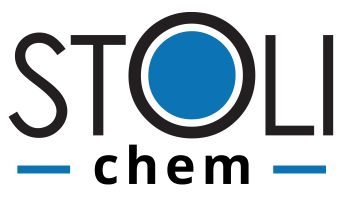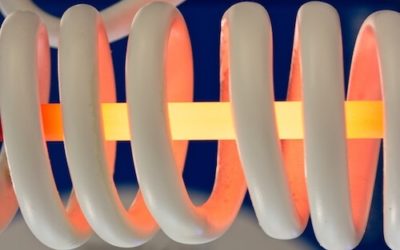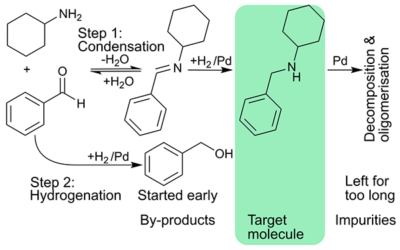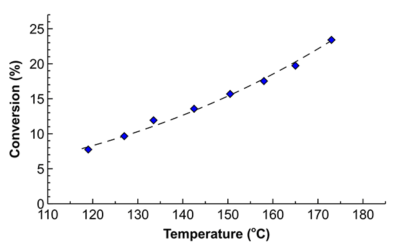Continuous Stirred Tank Reactors or CSTRs for short, are the most basic continuous reactors used in chemical processes. In this video, Dr Joe Socci, will be giving an overview of CSTRs and how they differ to simpler batch reactors.
How does batch reactors work?
CSTRs are very similar to batch reactors in the sense they contain the 4 main components, the vessel, reaction medium, head space and agitation. You can have one CSTR running or several CSTRs connected in series. The reactants are continuously added and products are continuously removed. CSTRs are run at steady state and a uniform composition is assumed throughout each reactor.
Scalability
Reactions are generally scalable and reactor volumes with 10s of thousands of litres is common and are comparatively cheap to construct. Yet, scaling up requires some investment in research and piloting.
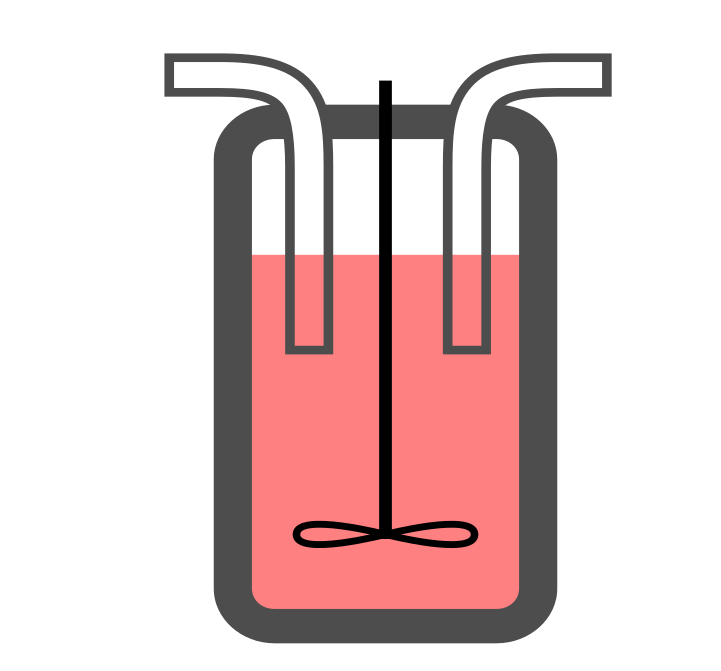
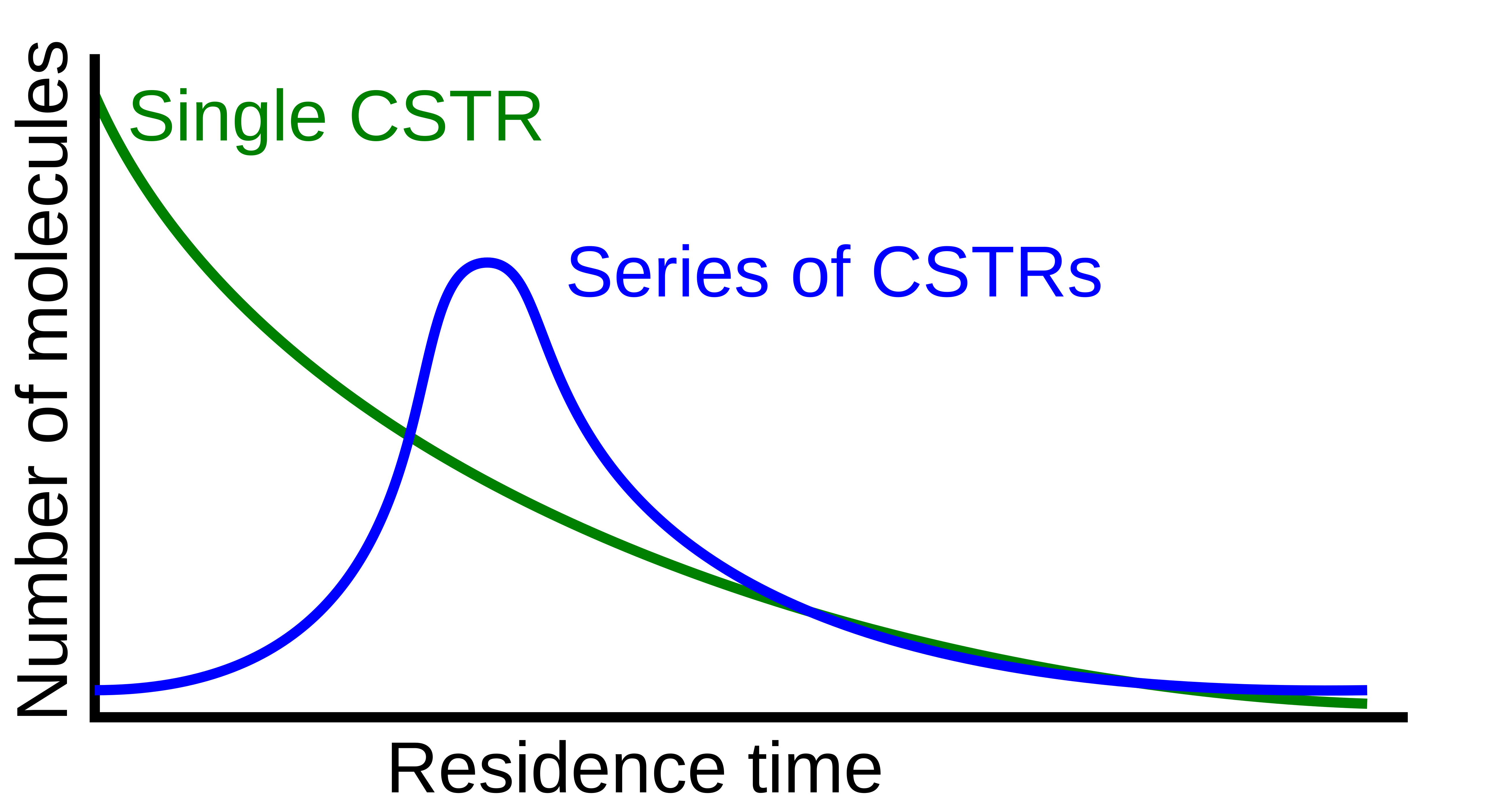
Reaction control
A single CSTR suffers from relatively slow heat and mass transfer. Also, residence time control is poor. Each molecule does not necessarily flow through the reactor at the same rate. A series of CSTRs can be connected for better control over residence time. Agitation is a really important part of the CSTR. A variety of stirring impellers and turbines is available. However, even with the best impellers, dead zones where no mixing occurs will still exist.
Energy Efficiency
CSTRs are more energy efficient than batch reactors. This is because the reaction is continuous and there isn’t the need to go through empty-fill and heat up cycles.
Catalytic reactions
A wide range of catalysts can be used in CSTRs such as: heterogeneous catalysts, solid catalysts in a liquid reaction medium, homogeneous, both catalyst and reaction medium are in the liquid phase, or even biological catalysts such as enzymes.
Yet, the impellers crush solid catalysts and make their separation difficult. In fact, CSTRs have residence time lower or comparable to batch. Hence, the catalyst leaves the reactor early and are not used to their full potential.
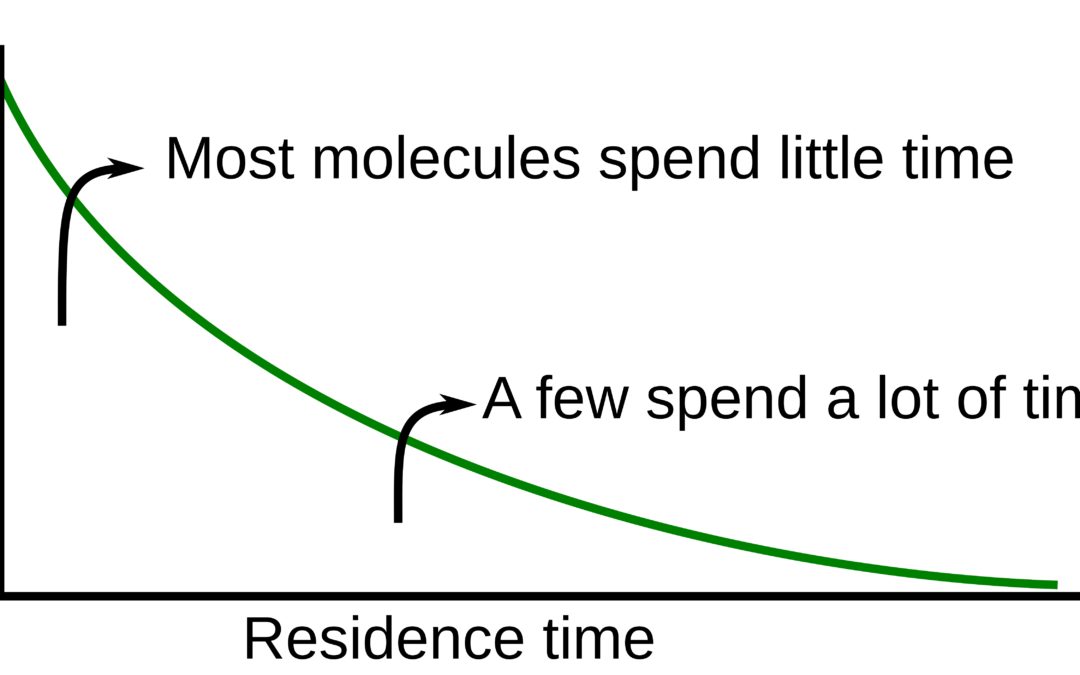
| Subjective rating | ||||
Flexibility | ★ | ★ | ★ | ★ | ★ |
Scalability | ★ | ★ | ★ | ★ | ☆ |
Control | ★ | ★ | ★ | ☆ | ☆ |
Energy Efficiency | ★ | ★ | ★ | ★ | ☆ |
Catalyst lifetime | ★ | ☆ | ☆ | ☆ | ☆ |
Conclusion
Hopefully you have a better understanding of continuous stirred reactors now –we have given the reactor a subjective score based on our experience.
A wide range of reactions can be carried out in CSTRs so for scope we have given it 5 out of 5.
Scalability is good, again similar to batch there are challenges but these can be addressed. So for scalability we have given it 4 out of 5.
Energy efficiency is much improved over the batch reactor due to the continuous flow of reaction medium which avoids heating cycles. Therefore, we have given it 4 out of 5 for energy efficiency.
The catalyst suffers from the attrition as in the batch. Moreover, the continuous nature of the process results in the catalyst removal well before it is fully utilised, thus, the score is 1 out of 5.
Batch reactors currently dominate fine and complex chemical manufacturing due to their low cost and simplicity compared to CSTR’s. Nevertheless, CSTRs are one of the most used continuous flow reactors in the chemical industry.
Catalyst for fuel cell applications
We have developed a monolith-based fuel cell catalyst for sustainable remote energy generation.
Cascading imine formation and hydrogenation
Stoli cascaded imine formation and hydrogenation; intensified process to maximise rate, and catalyst utilisation.
Process intensification in hydrogenation
Short residence time and high temperature – an impossible combination for batch – allowed increasing specific reaction rates 8-fold in flow with the same product quality.
